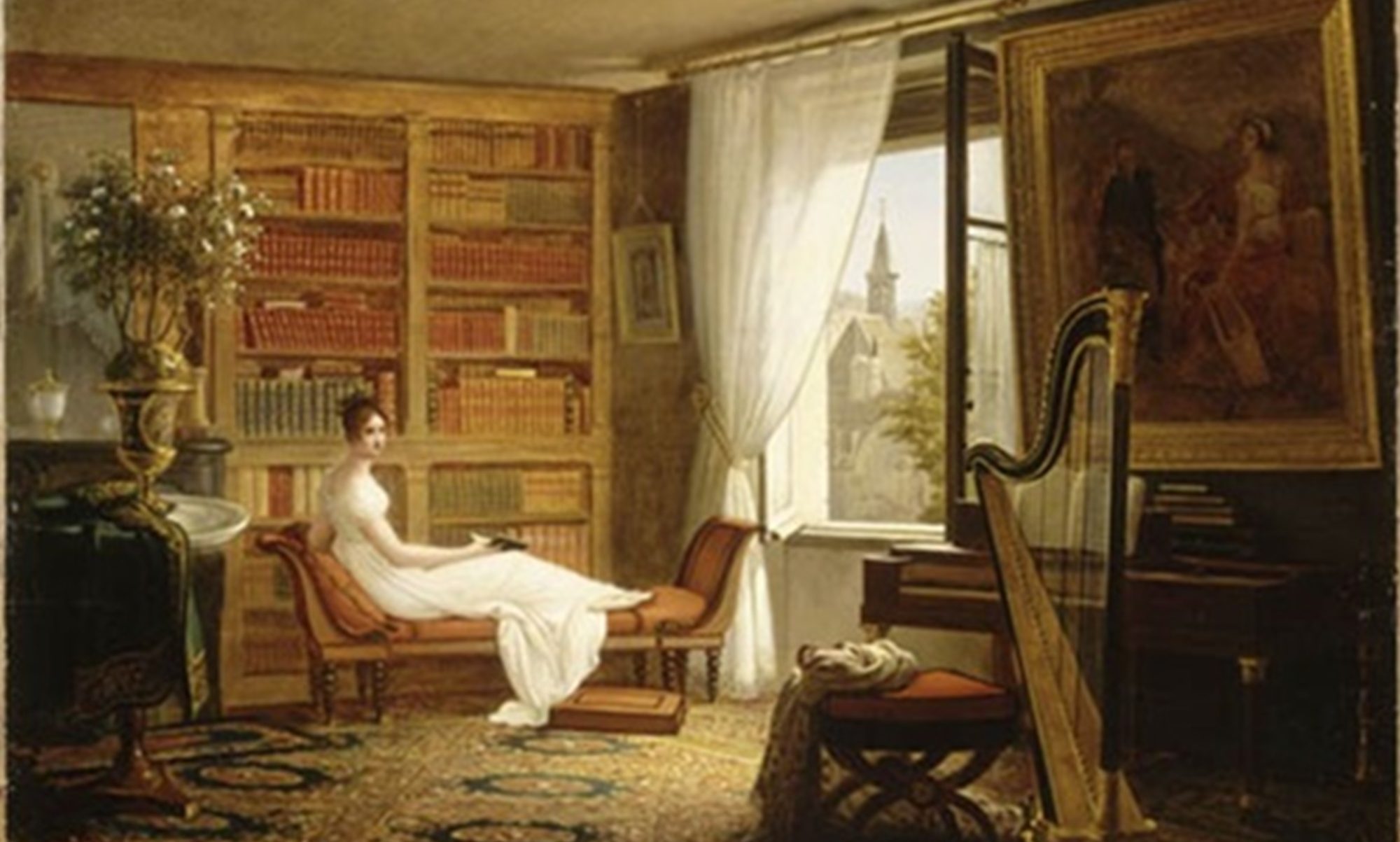We have one Saint and one Servant of God to honor today. We honor Saint John of the Cross, Priest and Doctor (died 1591). Born as Juan de Yepes Alvarez in poverty in 1542 at Fontiveros, Spain, he cared for the poor in the hospital in Medina del Campo, Spain, and became a Carmelite lay brother in 1563 at age 21, though he lived more strictly than the Rule required. He studied at Salamanca, Spain, and was ordained as a Carmelite priest in 1567 at age 25. He then considered joining the much more strict Carthusians, but was persuaded by Saint Teresa of Avila to begin the Discalced or barefoot reform within the Carmelite Order and took the name John of the Cross. He became master of novices, and the spiritual director and confessor at Saint Teresa’s convent. His reforms did not set well with some of his brothers, and he was ordered to return to Medina del Campo. He refused, and was imprisoned at Toledo, Spain, writing much of his great work The Spiritual Canticle while in prison, and escaping after nine months. He also authored the poem Dark Night of the Soul, the commentary on Dark Night of the Soul, and the mystical work Ascent of Mount Carmel. He became Vicar-general of Andalusia, Spain, and his reforms revitalized the Carmelite Order. A great contemplative and spiritual writer, he was proclaimed a Doctor of the Church by Pope Pius XI in 1926, and is the Patron Saint of mystics and poets. We also honor Servant of God Catherine Doherty (died 1985). Born as Ekaterina Fyodorovna Kolyschkine in 1896 in Nizhny Novgorod, Russia, her parents belonged to the minor nobility and were devout members of the Russian Orthodox Church. In 1912, aged 15, she made what turned out to be a disastrous marriage with her first cousin, Boris de Hueck (died 1947). At the outbreak of World War I, Catherine de Hueck became a Red Cross nurse at the front, experiencing the horrors of battle firsthand. On her return to St. Petersburg, she and her husband barely escaped the turmoil of the Russian Revolution with their lives, nearly starving to death as refugees in Finland. Together they made their way to England, where Catherine was received into communion with the Roman Catholic Church on November 27, 1919, becoming a Russian Greek-Catholic. Immigrating to Canada with her husband, she gave birth to their only child in Toronto in 1921. Soon she and her husband became more and more painfully estranged from one another as he pursued extramarital affairs. To make ends meet, she took various jobs and eventually became a lecturer, travelling a circuit that took her across North America. Prosperous now, but deeply dissatisfied with a life of material comfort, her marriage in ruins, she began to feel the promptings of a deeper call through a passage that leaped to her eyes every time she opened the Bible. Consulting with various priests and the bishop of the diocese, she began her lay apostolate among the poor in Toronto in the early 1930s, calling it Friendship House. Because her interracial approach was so different from what was being done at the time, she encountered much persecution and resistance, and Friendship House was forced to close in 1936. She then went to Europe and spent a year investigating Catholic Action. On her return, she was given the chance to revive Friendship House in New York City among the poor in Harlem. In time, more than a dozen Friendship Houses would be founded in North America. In 1943, having received an annulment of her first marriage (as she had married her cousin, which is forbidden in the Church), she married Eddie Doherty, one of America’s foremost reporters, who had fallen in love with her while writing a story about her apostolate. Serious disagreements arose between the staff of Friendship House and its foundress, particularly surrounding her marriage. When these could not be resolved, the couple moved to Combermere, Ontario, on May 17, 1947, naming their new rural apostolate Madonna House. This was to be the seedbed of an apostolate that, by the year 2000, numbered more than 200 staff workers and over 125 associate priests, deacons, and bishops, with 22 missionary field-houses throughout the world. Doherty is perhaps best known for having introduced the concept of poustinia to Roman Catholicism through her best-selling book, Poustinia, first published in 1975. A poustinia is a small, sparsely furnished cabin or room where one goes to pray and fast alone in the presence of God for 24 hours. Her cause for canonization was opened in 2000; if you know of any miracles that can be attributed to her intercession, please contact the Vatican. Today is also the birthday of Richard’s cousin Devonne, and of his niece Laurie, daughter of his sister Bonnie in Texas (1966). Continue reading “Daily Update: December 14, 2010”

Catholic saints & feasts (or an event anniversary), my daily events, books I've read, & a Parting Quote for the day.
